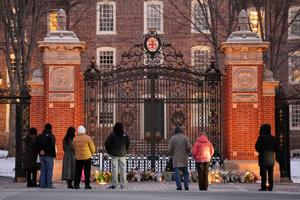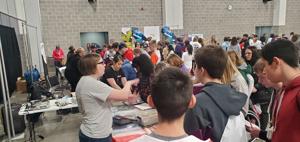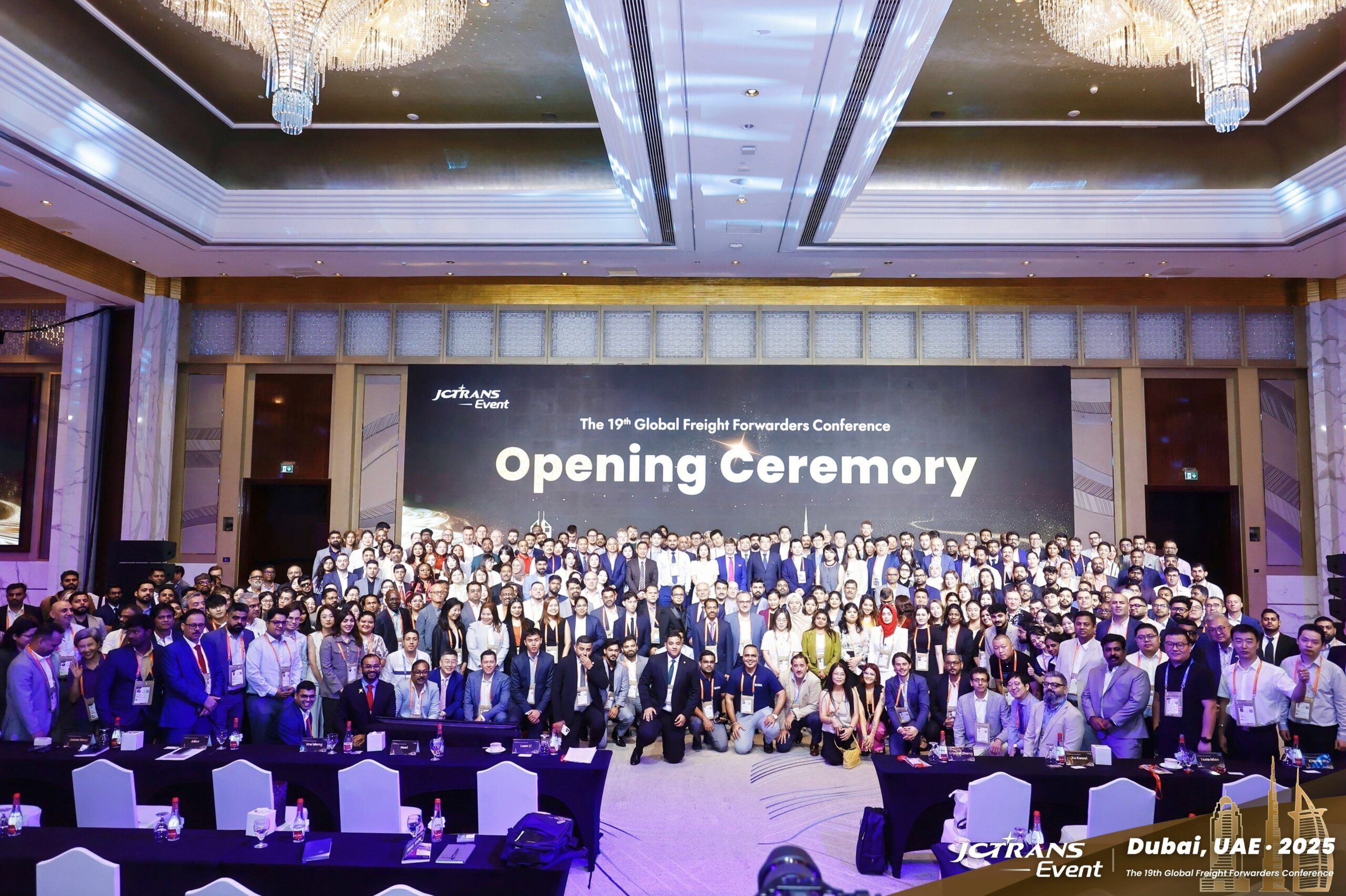Buffalo Mayoral Candidates Unveil Plans to Revitalize City

Buffalo’s real estate development landscape is facing significant challenges as candidates for mayor outline their plans to revitalize the city. The impact of the COVID-19 pandemic, coupled with rising interest rates and construction costs, has left many downtown office spaces vacant. As a result, there is a pressing need to rekindle the momentum that existed prior to 2020.
The city is grappling with a housing affordability crisis, which has recently affected Buffalo despite its previous resilience against rising housing costs seen in other regions. Property sale prices and rental rates have surged, making it increasingly difficult for residents to find affordable housing options. In this context, Democrat Sean Ryan, Independent Michael Gainer, and Republican James Gardner are vying to become the first newly elected mayor of Buffalo since Byron Brown took office in 2006. Each candidate has developed distinct strategies aimed at addressing the city’s housing and development issues.
Sean Ryan’s Focus on Affordable Housing
Sean Ryan, the Democratic candidate, emphasizes the need for affordable housing and revitalization of neighborhoods. Drawing on his experience as a former attorney with People United for Sustainable Housing and as a current State Legislator, Ryan highlights a program that offers grants to rehabilitate uninhabitable apartments for rental purposes.
If elected, Ryan intends to bring his neighborhood development focus to City Hall. He argues that while downtown development is crucial, there has been insufficient attention to neighborhood revitalization. He cites the early days of Brown’s administration, where aggressive demolition of derelict houses led to the deterioration of city neighborhoods, particularly on the East Side. Ryan believes that increasing affordable housing and population density in these areas will stimulate economic growth.
For downtown Buffalo, Ryan plans to create a comprehensive strategy that does not rely on the success of individual projects. “Vibrant cities will have projects that fail all the time,” Ryan stated. “But as long as a plan is moving forward, that project doesn’t become a public liability.” He emphasizes that both downtown and neighborhood developments are essential for the city’s overall success.
Michael Gainer’s Support for Small Businesses
Michael Gainer, an independent candidate, has been an active businessman and community advocate on Buffalo’s East Side for over two decades. He aims to support small and medium-sized businesses through a more responsive City Hall. Gainer highlights the challenges small business owners face when navigating grant opportunities, advocating for proactive measures to ensure they are informed about available resources.
He proposes partnerships with major business organizations to promote local enterprises and enhance the city’s attractiveness to tourists. Gainer envisions providing visitors with comprehensive information about local festivals, cultural sites, and outdoor activities to foster community engagement.
Moreover, Gainer believes that prioritizing small-scale development projects can yield significant benefits for local neighborhoods. “When you have smaller projects, you have smaller overhead,” he noted, emphasizing that these projects can create a greater impact when distributed across the city.
James Gardner’s Vision for Vacant Land
James Gardner, the Republican candidate, sees tremendous opportunity in the vacant land scattered throughout Buffalo, particularly on the East Side. He believes that engaging with private developers to construct housing on these empty lots can address both the housing affordability crisis and stimulate economic activity in historically vibrant business corridors.
“Projects that promote home ownership are key to building generational wealth,” Gardner stated. He suggests that the city can leverage its available land to tackle its affordability challenges. He calls for a strategic approach to urban planning that builds on neighborhood strengths rather than relying on isolated investments that fail to create synergy.
Gardner advocates for focusing on middle-income residents, stating that while there has been development targeting higher income brackets, the middle class has been overlooked. “We need to ensure that the downtown area thrives by catering to those with middle-class incomes,” he emphasized.
As Buffalo voters prepare to select their next mayor for the first time in a generation, the candidates’ varied approaches reflect the urgent need for a revitalized plan to address the city’s housing and economic needs. Each candidate brings a unique perspective to the table, highlighting the complex interplay of development, affordability, and community engagement.






